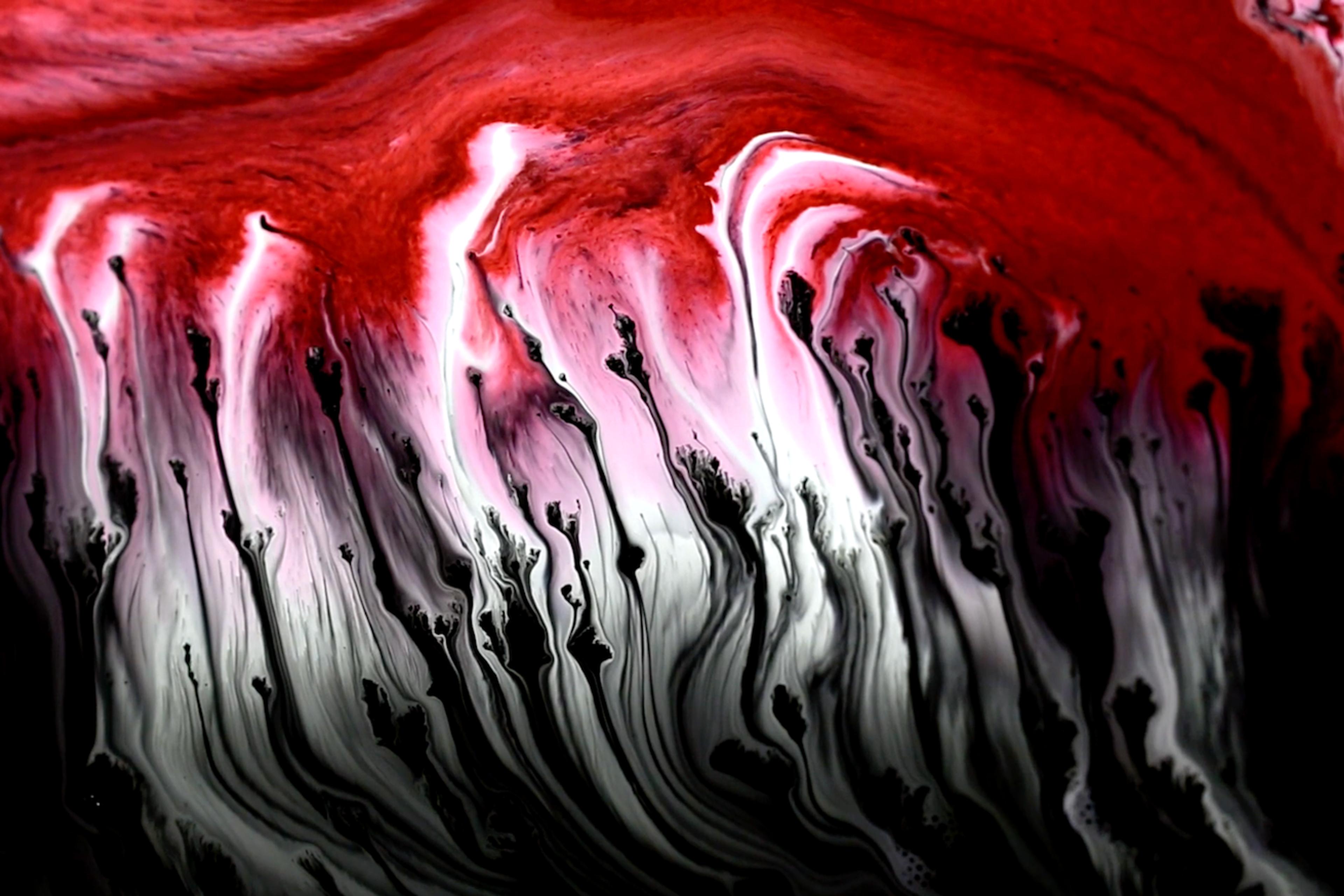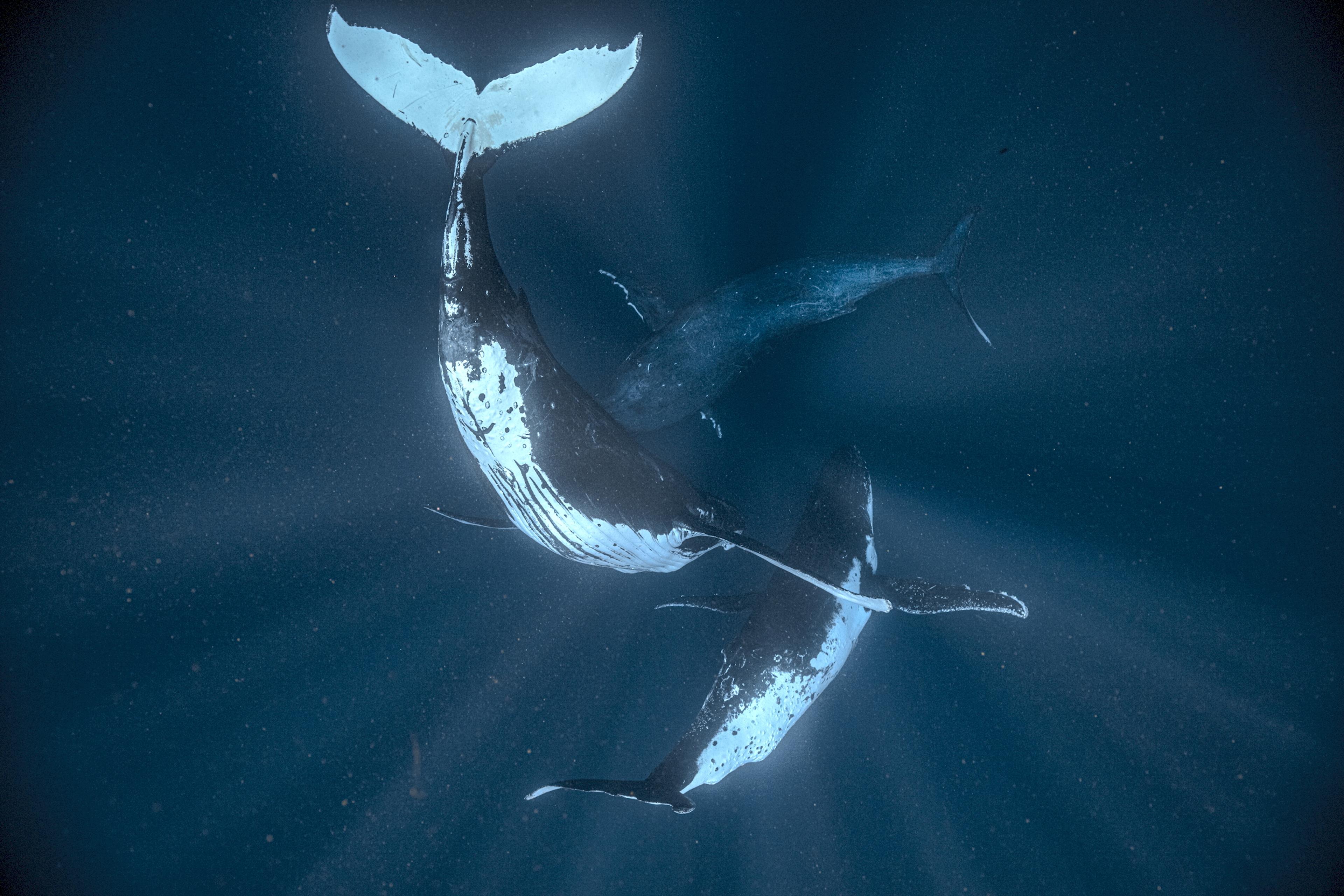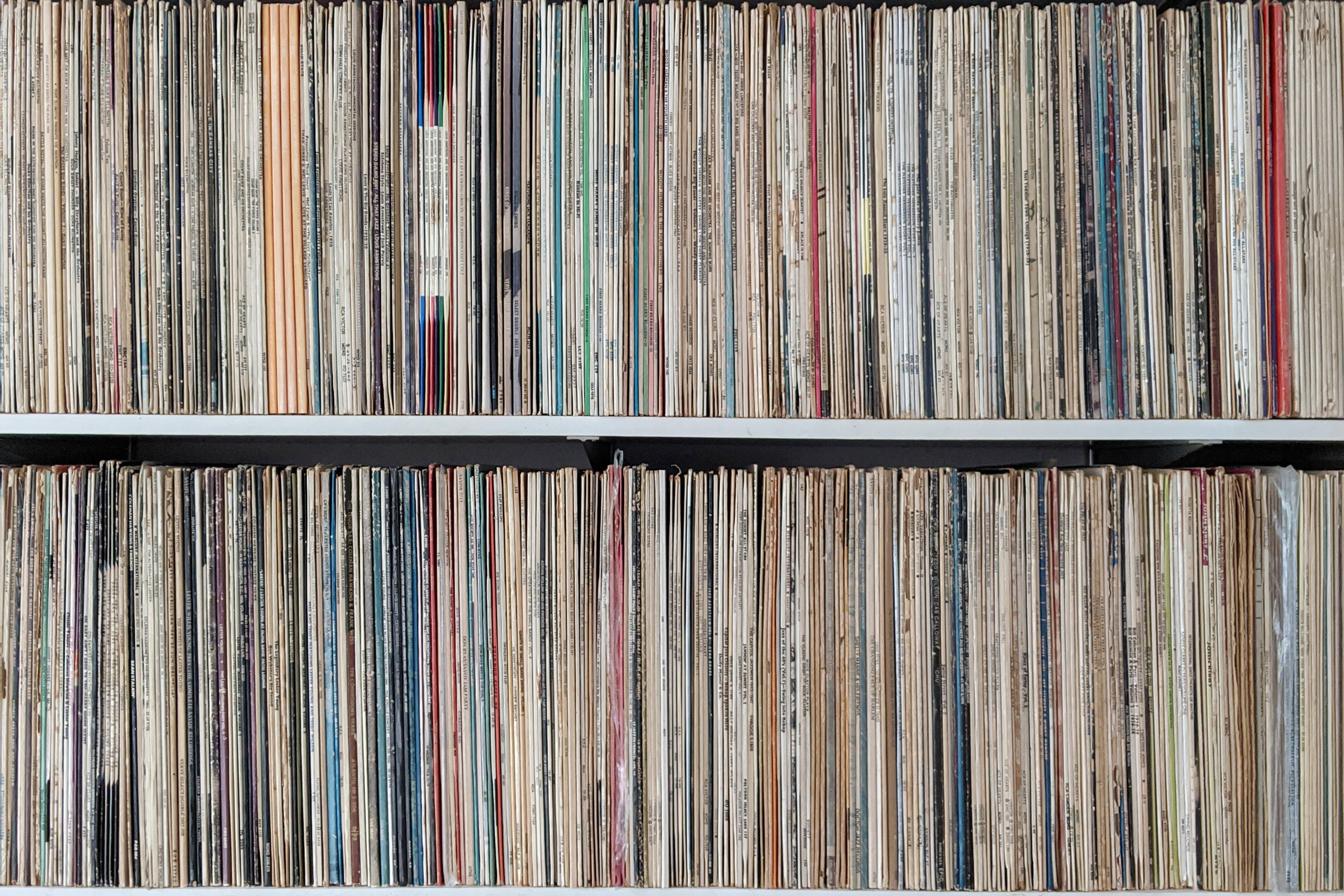These films feature rapidly flashing images that can be distressing to photosensitive viewers.
In the age of streaming on demand, audiovisual stimulus comes somewhat cheap, and can feel disposable and forgettable. But Max Cooper’s dazzling yet substantial musical experimentations offer a nutrient-rich antidote to the empty-calorie meal standard online. His electronica synthesises music ranging from Sigur Rós and Philip Glass to contemporary experimentalists such as Rob Clouth and Jon Hopkins into expansive, ethereal sounds. Cooper holds a PhD in computational biology from the University of Nottingham, and his enduring fascination with systems, patterns and laws of nature are elemental inspirations for his art, which mines the tensions between the scientific and the emotive.
At his live performances and in a series of immensely popular music videos, Cooper brings a keen eye for visual expression to his work, enlisting some of the most talented emerging online digital artists for collaborations. In the music video for the single ‘Everything’ above, from his most recent album Unspoken Words (2022), Cooper pairs 1990s-inspired soaring synths and dance beats with an animated photo-collage from the filmmaker Nick Cobby and the photographer Andrey Prokhorov. Images of cityscapes, oceans, skies and more are superimposed over a human face, with patches of a body flashing into sporadic focus. In image and sound, Cooper and his collaborators work in tandem to evoke ineffable experience and limitless possibility.
For his album Yearning for the Infinite (2019), Cooper scored a series of visualisations exploring the mathematical concept, connecting it to the insatiable nature of human desire. In the video for his track ‘Parting Ways’, the artist Maxime Causeret tells ‘the story of creation via endless division’ as a single box splits and expands, building structures that resemble cells, DNA and, in time, a multiverse. Cooper, for his part, improvises a mesmerising score that mirrors Causeret’s world of repetitious rhythm and gradual, ceaseless growth. The production shares an aura of limitlessness with ‘Everything’, but here the experience feels even more boundless, nodding to patterns and scales that exist beyond human experience.
Birthed as Cooper began to wonder how he might bridge his interests in music and science, many of the videos from his album Emergence (2016) take a more technical approach to the concepts explored, including collaborations with mathematicians and scientists featuring imagery born of real data visualisations. The music video for the track ‘Organa’, however, offers a more interpretive approach to ‘the story of natural laws and processes’ than the album tells. For the video, the animator Sabine Volkert pairs the mellow atmospherics of the track with hand-sketched images of animals morphing into one another. As Cooper’s music glitches and mutates around a steady beat, Volkert draws out the similar structures underlying the evolution of new animal forms.
The music video for ‘Seething’, from his debut album Human (2014), finds Cooper’s visuals at their most outright cerebral. A glitchy composition erupts alongside visual work by Andy Lomas, known for his mathematic simulations of cellular behaviour. While the visuals are driven by data and the somewhat esoteric concept of morphogenesis, the music is a propulsive expression of ‘human intensity’. Viewed on its own, its a strange and captivating spectacle. With the added context of artistic intention, it shares a theme with the best of Cooper’s work, reminding the audience that both natural laws and the feelings to which they give rise are foundational to being human, and inherently intertwined.
Written by Adam D’Arpino







